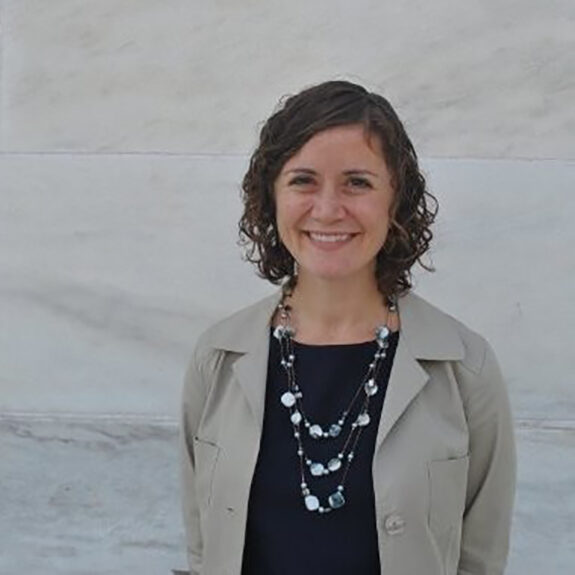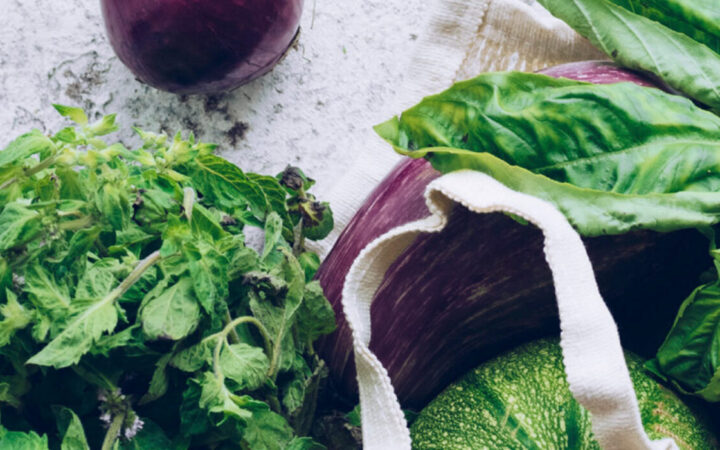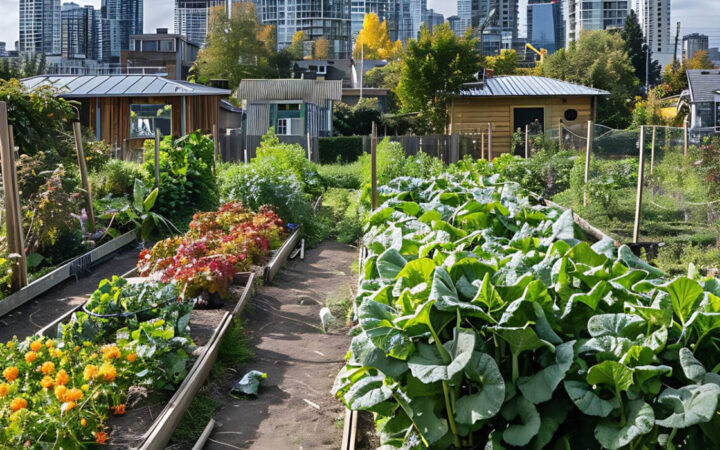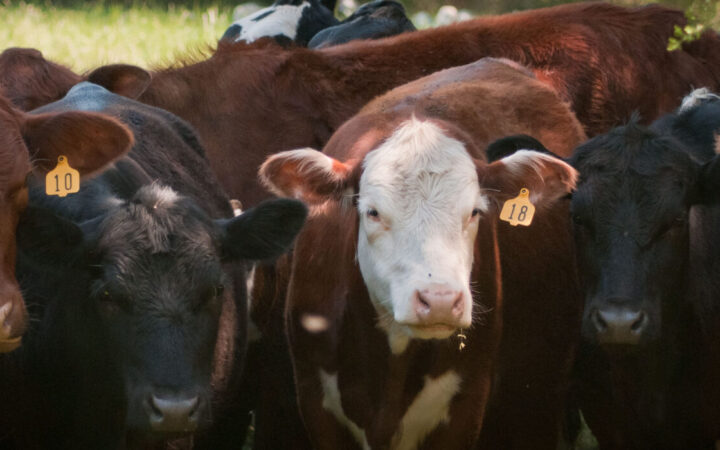This report provides a comparative analysis of state legislative approaches to agritourism from 2019-2020, including definitions of agritourism, and other areas of importance, such as liability, zoning, funding, taxation, and licensing.
Introduction
Agritourism in the United States is a growing industry, bringing tourism dollars to rural areas and enabling farmers to diversify their income streams. Today, farms are larger and more consolidated. The costs of farming, such as purchasing modern equipment, have left many smaller-scale farms unable to compete. Moreover, farm income has declined over the years, and farms that fail to remain viable risk closing. Agritourism offers an opportunity for farmers to diversify their activities and earn additional income.
There is no standard definition for agritourism in the United States. Generally, agritourism may include any number of entertainment, recreational, commercial, or educational activities connected to a farm. The US Department of Agriculture, for purposes of the Census of Agriculture, defines agritourism and recreational services generally as “hunting, fishing, farm or wine tours, hayrides, etc.”
Agritourism activities often include activities directly related to the sale of agricultural products, such as farmers markets, roadside farm stands, and harvest-your-own produce operations. However, overnight farm accommodations, camping, and farm tours are also becoming more common. In recent years, there has also been an increase in indirect agritourism activities such as weddings, wineries, and breweries.
The Census of Agriculture found that approximately 28,575 farms engaged in agritourism activities nationwide in 2017. Between 2012 and 2017, revenue from agritourism increased from $704 million to nearly $950 million. Growth of the industry may be attributed to an increased demand for local food and the economic pressure farmers are facing, leading them to diversify their income streams.
Several academic institutions and organizations conduct agritourism research. The National Agricultural Law Center has several publications on the topic and, most notably, a compilation of state agritourism statutes. Also, agricultural extension services within academic institutions conduct research and support farmers engaged in agritourism. For example, the University of Vermont Extension has an agritourism collaborative with resources for farmers.
This report builds on the resources available on agritourism by providing a comparative analysis of state legislative approaches to agritourism, with a focus on how states define agritourism activities. Using recently introduced legislation from 2019-2020, this report identifies trends in agritourism legislation and concludes with considerations for legislative drafters. These considerations address definitions and other areas of importance, such as liability, zoning, funding, taxation, and licensing.
Acknowledgements
We thank the following for significant input, editing, and production support: Laurie Beyranevand, Lihlani Nelson, Claire Child, and Whitney Shields. In addition, Terry Ann Campbell JD’21 provided research and citation support.
We thank Rachel Armstrong at Farm Commons for her work on this topic, and for brainstorming with us around the paper’s focus. This report was funded by the National Agricultural Library, Agricultural Research Service, U.S. Department of Agriculture.
Suggested Citation
Vt. L. Sch. Ctr. for Agric. and Food Sys., Defining and Regulating Agrotourism: Trends in State Agrotourism Legislation 2019-2020, https://www.vermontlaw.edu/sites/default/files/2021-04/Defining-and-Regulating-Agritourism.pdf.





